Other news

What is Antenna Gain in Satellite Communications? (Explained simply)
Read more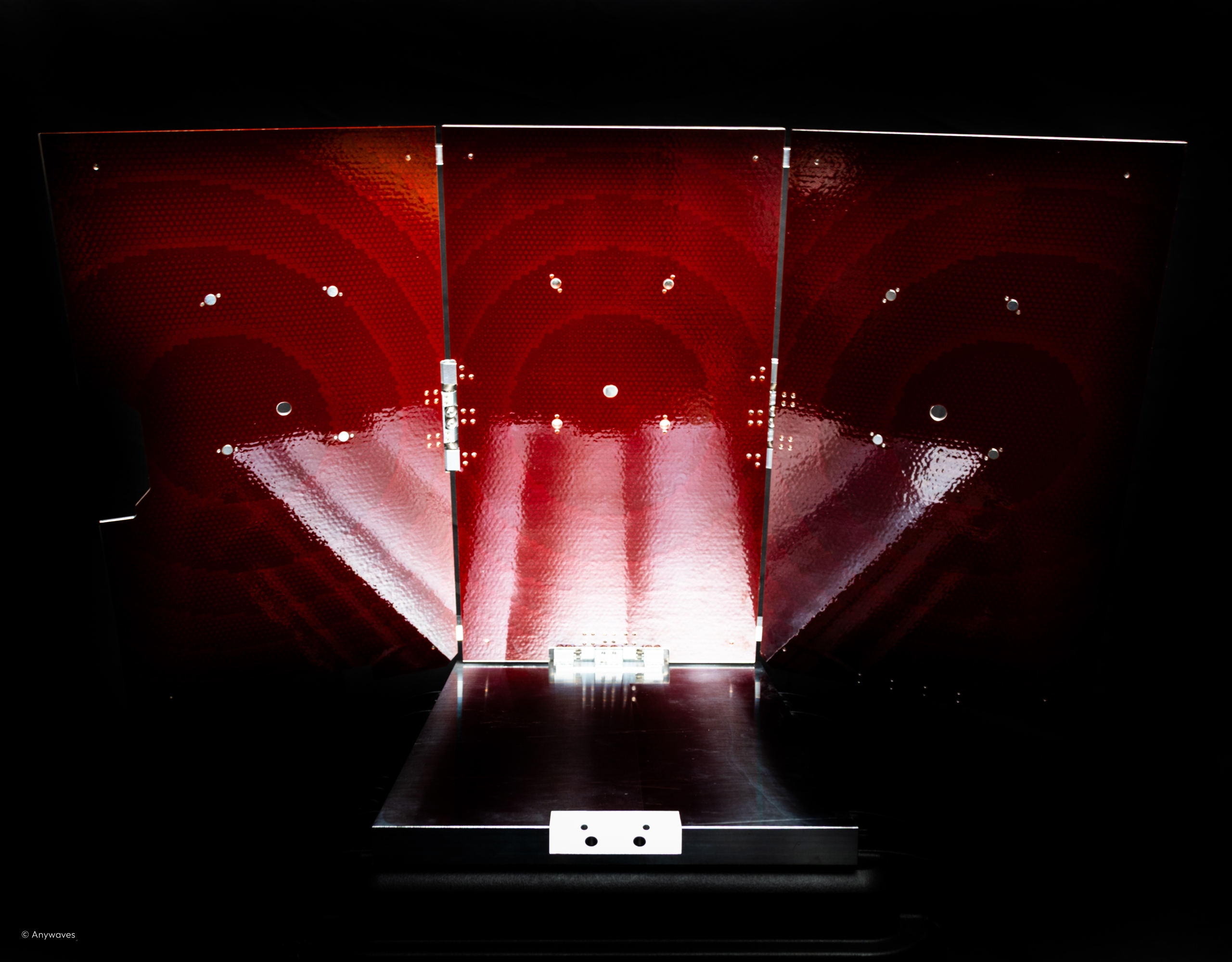
Reflectarray Antennas for Small Satellites: From Concept to First Commercial Deployment
Read more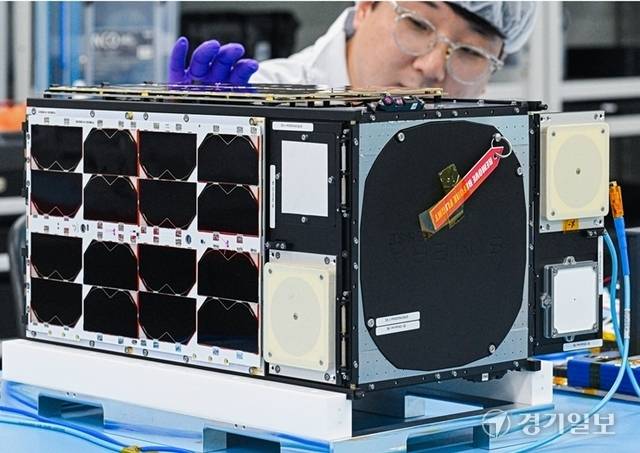
Earth observation has come a long way since the early satellite images of the 1960s. But until recently, global 3D mapping remained a challenge: datasets were often fragmented, resolutions varied, and updates could take months or even years. For those tasked with planning cities, managing natural disasters, or understanding climate change, this lag represented a critical gap.
Enter CO3D — short for Constellation Optique 3D. This French-led mission, born from a collaboration between CNES (the French Space Agency) and Airbus Defence and Space, is designed to provide frequently updated, high-resolution 3D models of our planet. From sprawling urban areas to remote mountain ranges, CO3D promises to deliver a new level of detail, helping decision-makers across industries act faster and with greater confidence.
Did you know?
CO3D stands for Constellation Optique 3D — literally “3D Optical Constellation.” It’s designed not only for imaging but for creating stereoscopic data, allowing the production of accurate, high-fidelity 3D terrain models.
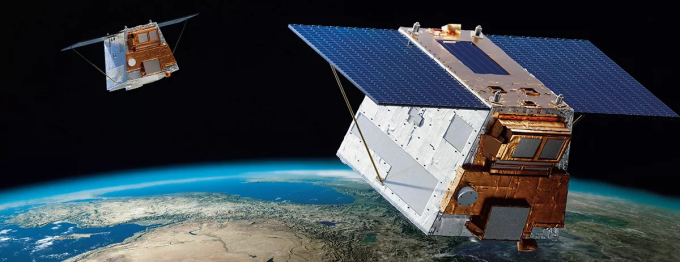
© CNES/REACTIVE PROD, 2025
CO3D is the fruit of two pillars of French space innovation:
This public-private collaboration highlights France’s ability to bring together institutional knowledge and industrial capacity to deliver strategic Earth observation capabilities.
Did you know?
Toulouse is home to one of Europe’s largest space industry clusters, with over 400 companies and research centers contributing to missions like CO3D.
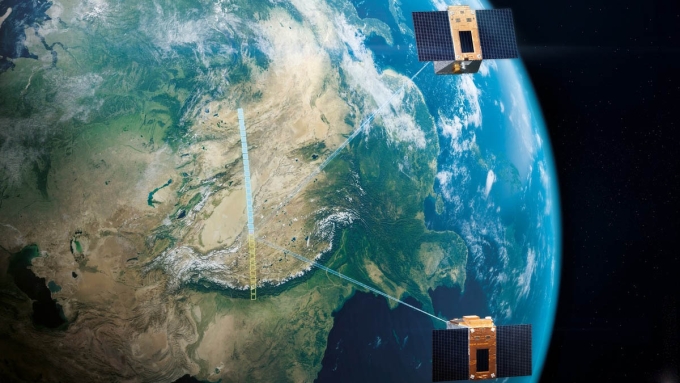
© CNES/REACTIVE PROD, 2025
Despite their modest size, each CO3D satellite packs a lot of power:
Together, these design choices make CO3D one of the most agile and capable small-satellite constellations in operation, capable of serving the dual needs of precision and speed in geospatial intelligence.
Did you know?
CO3D’s stereoscopic imaging approach is similar to how our two eyes perceive depth. By capturing images from slightly different angles, the satellites can “see” in 3D, enabling highly accurate elevation mapping.
On July 9, 2025, CO3D lifted off from Europe’s Spaceport in Kourou, French Guiana, aboard Arianespace’s Vega-C rocket (flight VV27). This mission wasn’t just about deploying CO3D: it also carried MicroCarb, a French satellite dedicated to measuring atmospheric CO₂.
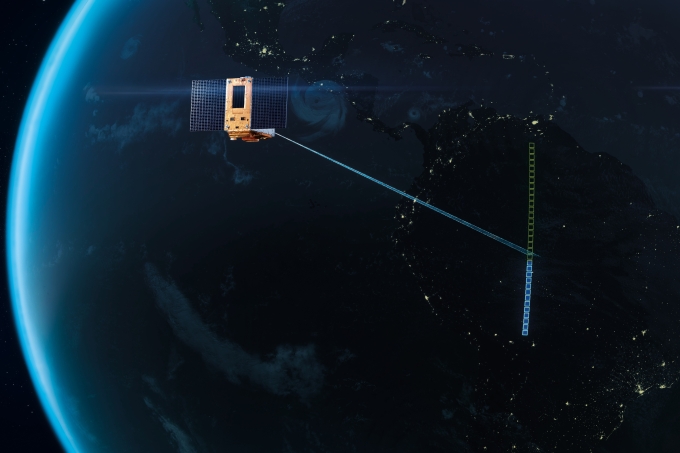
© CNES/REACTIVE PROD, 2025
Did you know?
Vega-C, developed by the Italian Space Agency with ESA, is optimized for small to medium payloads, making it the ideal choice for constellations like CO3D.
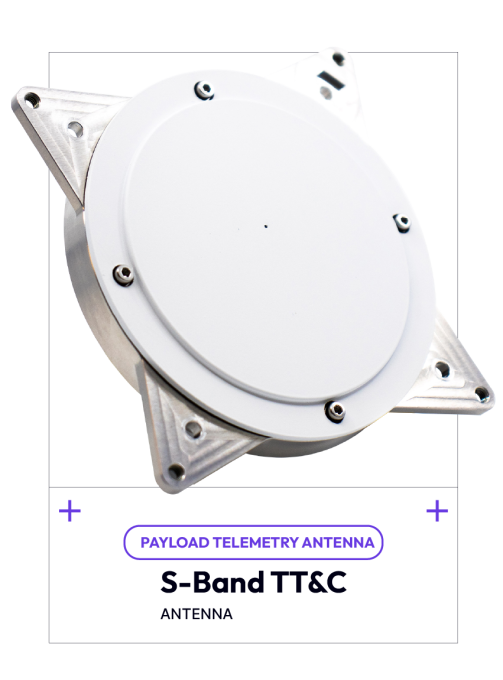
Behind every successful satellite mission is robust communication — and we, at Anywaves, are proud to have played a key role in CO3D’s operations.
Each CO3D satellite is equipped with our S-band antennas, tailored to handle Telemetry, Tracking, and Command (TT&C) links:
Did you know?
Anywaves is a spin-off of CNES, founded in 2017, and has rapidly become a trusted supplier for major players like Airbus, ESA, and Thales.
CO3D’s 3D datasets are more than just visually impressive — they are tools for actionable intelligence:
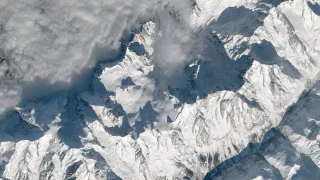
CO3D images will make it possible to monitor the evolution of the planet’s glaciers. Here, the Mont-Blanc glacier photographed in December 2020 by Pléiades. © CNES 2020, Distribution Airbus DS
Did you know?
Unlike traditional mapping, CO3D’s 3D models include elevation data, making them especially valuable for risk assessments in areas prone to flooding or landslides.
CO3D is not just a mission; it’s a testbed for the future. Its innovative combination of stereoscopic imaging, rapid ground processing, and scalable satellite design sets the stage for:
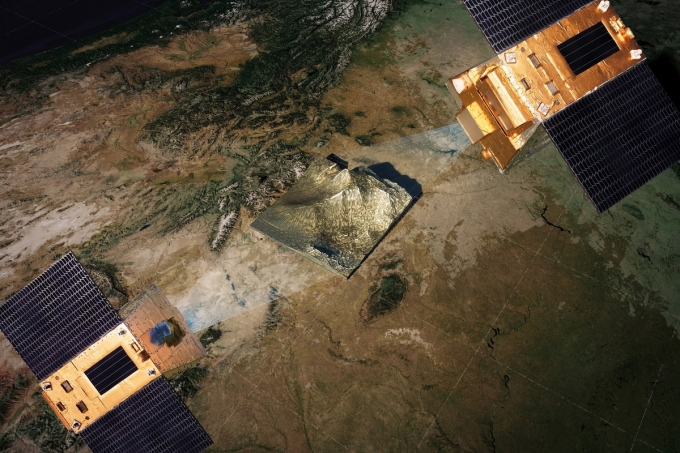
© CNES/REACTIVE PROD, 2025
CO3D represents a paradigm shift in Earth observation. By combining cutting-edge optics, agile small-satellite engineering, and robust communications from Anywaves, this constellation delivers more than images — it provides a living, evolving 3D model of our planet.
With CNES guiding the mission and Airbus delivering industrial excellence, CO3D is a landmark achievement for European space. It promises to empower governments, scientists, and businesses with the knowledge they need to build a safer, more sustainable future — in three dimensions.



If you have any question, we would be happy to help you out.